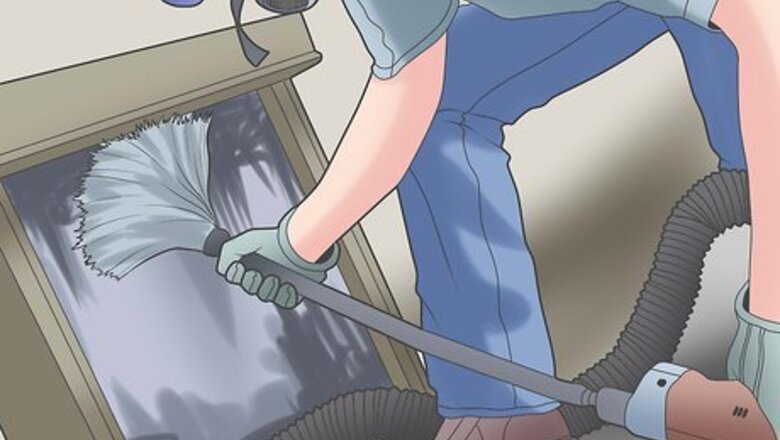
views
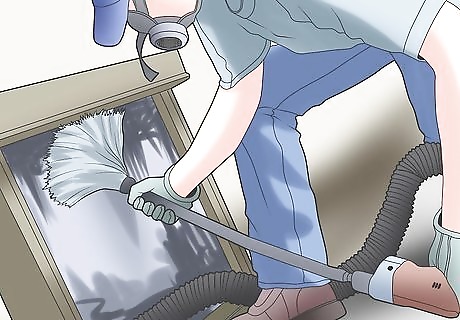
Remove the ashes and debris from the fire box. Brush the sides and bottom with a stiff broom or chimney brush. Vacuum out the loosened ashes and if possible remove the andirons.
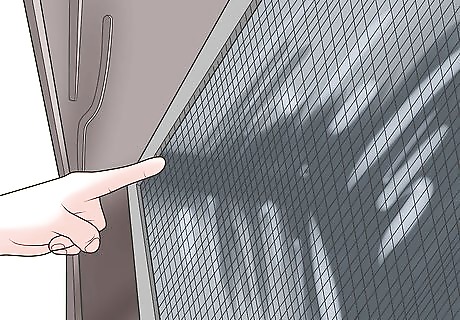
Open the screen and glass doors (if so equipped) as wide as possible, and place a large piece of cardboard or a drop cloth in the firebox. Lay on your back and slide into the box as far as you need to so that you can shine a flashlight up the flue. You are looking for cracks in masonry, or burn out holes in a metal "insert" type box, as well as the condition of the damper.
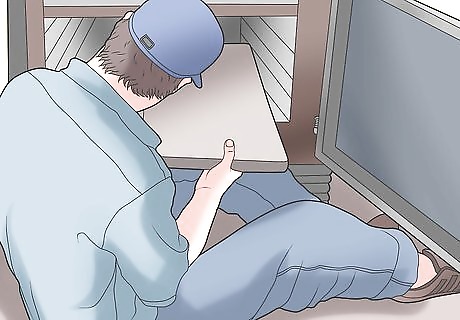
Have someone operate the damper as you watch to see that it closes and opens smoothly and fits securely in the brackets. You may want to wear safety glasses here, as the damper may be coated with creosote and ash buildup, which can drop in your eyes. When you are finished checking the damper, be sure it is in the closed position.

Place a drop cloth or large piece of cardboard in the firebox with the edge taped up or propped at the front to protect the room from material dropping down from the top of the chimney. Close the screen and glass doors if so equipped.
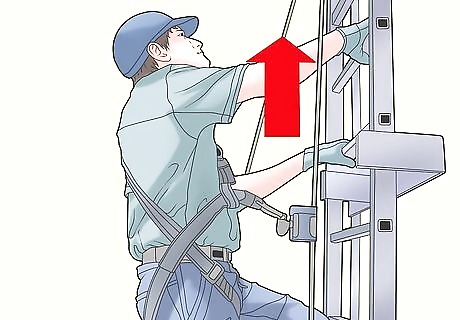
Climb a ladder to the roof of your home, and go to the location where the chimney projects up. If it has a rain cover or bird screen, you will need to remove this. Before removing it, be sure to have flashing material on hand to seal it back when you reattach it after you finish.

Shine your flashlight down the flue and look for a dangerous buildup of creosote, a combustible brown or black by-product of wood that accumulates in chimney flues.

Using a stiff brush with a long handle attached, start at the top of the chimney brushing the sides, and work your way down. Unless you buy or rent a chimney brush, you probably will not be able to completely clean the inside of the chimney, but should be able to dislodge enough of the buildup to let it operate safely.
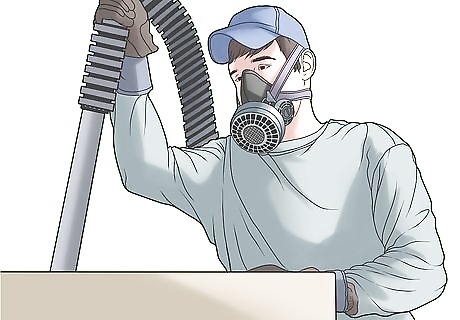
Fashion an extension tube for a shop vac using a length of PVC pipe so that it can be dropped down to remove the debris you have dislodged from the flue. Most chimneys have a smoke shelf and damper door which prevent this material from dropping all the way to the fire box floor. After cleaning, use the flashlight to examine the flue for cracks and gaps. Most chimneys are constructed with either a metal pipe flue or a clay chimney liner that comes in 2 foot (0.6 m) sections. If you are satisfied there are no visible cracks, replace the chimney cap if it is so equipped, using the sealant for the flashing removed earlier.
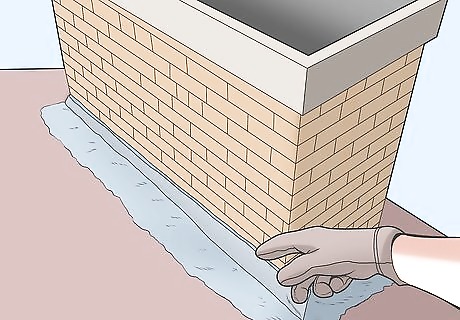
Look at the place the chimney adjoins the roof, especially if it comes through the roof on three or four sides. There will be a flashing here to waterproof the roof system, and often it will become corroded or collect debris which can cause roof leaks, and now is a good time to take a look.

Climb down the ladder and return to the fireplace. Remove the drop cloth or protective barrier you installed to prevent the soot and ash brushed from the upper flue from being scattered in your room. You should be ready to replace your andirons and build a pleasant warm fire to enjoy.












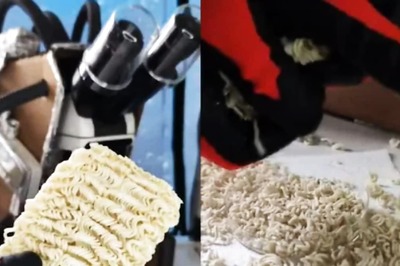





Comments
0 comment